-
TrackoBit
Manage commercial vehicles with the new-age Fleet Management Software
TrackoBit -
TrackoField
Streamline your scattered workforce with Field Force Management Software
TrackoField -
Features Resources
-
Blog
Carefully curated articles to update you on industrial trends. -
White Paper
Insightful papers and analysis on essential subject matters. -
Glossary
Explore an alphabetical list of relevant industry terms. -
What’s New
Get TrackoBit & TrackoField monthly updates here. -
Case Study
Explore the cases we solved with our diverse solutions. -
Comparisons
Compare platforms, features, and pricing to find your best fit.
-
About Us
Get to know TrackoBit: our team, ethos, values, and vision. -
Careers
Join the most dynamic cult of coders, creatives and changemakers. -
Tech Support
Learn about our technical support team and services in detail. -
Events
Check out the exhibitions where we left our marks and conquered. -
Contact Us
Connect with us and let us know how we can be of service.
LTL Vs. FTL Freight Shipping: What’s the Difference?
- Author:Tithi Agarwal
- Read Time:8 min
- Published:
- Last Update: December 9, 2025
Table of Contents
Toggle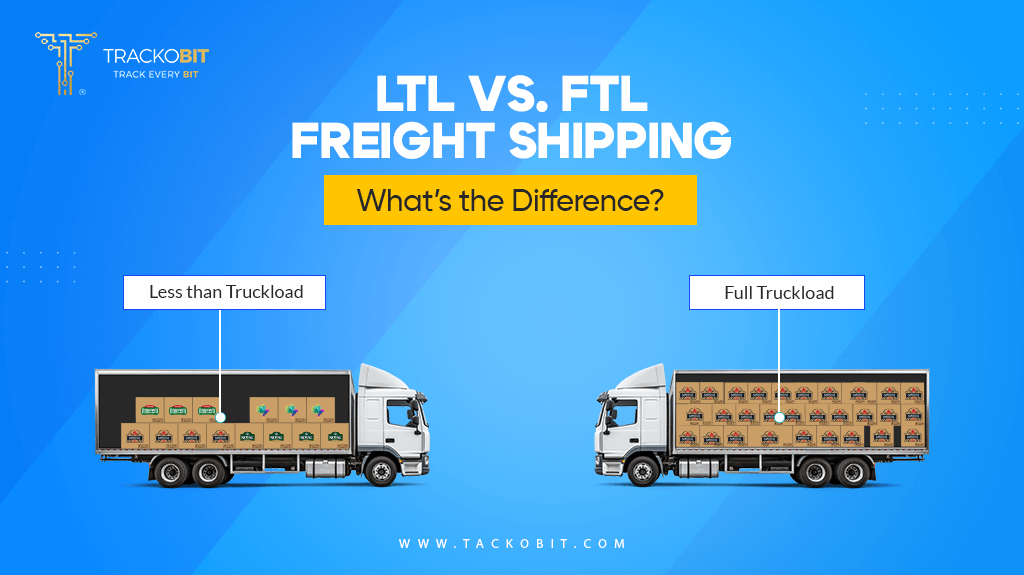
Full truckload (FTL) and less than truckload (LTL) are the most common shipping modes available. But how these two are different, let’s chalk that out in this article.
Table of Contents
Toggle
Shipping is an indispensable need for businesses looking to transport goods from one place to another. Whether exporting finished goods or importing raw materials, the shipping procedure needs to be economical and efficient. To support the smooth transit of goods, dispatchers must acquaint themselves with two common shipping methods which are — FTL (full truckload) and LTL (less than truckload).
Do you know FTL has a whopping 46.4%, and LTL has 11.3% of the market share?
Both have advantages and disadvantages attached to themselves. This makes choosing between them difficult as it requires one to have clarity over the differences, advantages and disadvantages of each. Here is an informative guide to help you out.
Let’s get into it!
What is LTL (Less than Truckload)?
LTL, or Less than Truckload, is a small shipment that covers only a small space in semi trucks. In general, it is when several small loads are added to a single freight.
In such a shipment method, the payment usually depends on the total space occupied in the truck.. It depends on the number of pallets and overall freight’ size. This makes pricing a lot more flexible.
What is FTL (Full Truckload)?
FTL stands for Full Truckload Shipping. In this kind, a single business reserves and pays for the entire space in the truck. Unlike, LTL, businesses won’t have to pay for the limited space they occupy.
FTL freight shipment means complete delivery to the intended destination. The main advantage of going for fill truckload shipping is that you get complete control over the shipment and won’t have to worry about its safety or spoilage.
It is best suited for time-sensitive goods, such as pharmaceutical products requiring extra care and attention during transportation.
What are the Differences Between LTL and FTL?
Here are some of the key differences between less-than-truck-load freight shipping and full truck-load freight shipping. These are the factors that affect the most when choosing.
Size
LTL shipments refer to smaller shipments that generally weigh around 100 to 5000 pounds. Naturally these small freights will not be taking the entire space of the truck and will leave space for other freights.
Meanwhile, FTLs are much larger and will end up taking the entire truck. It generally weighs around 20,000 pounds or even more. However, in the case where shipment weights from 5,000 to 10,000 pounds, it can either be moved to LTL or FTL.
Cost
LTL is cost-effective as when you ship a few pallets at a time, you have to pay only for the space you use instead of paying for the total truck capacity. Less than trucking load shipping providers ensure the safety of your pallets by filling the products with other items that need to be transported toward the same destination.
Full truckload services or FTL shipping is costlier than LTL as there you have to reserve and pay for the entire truck. Yes, even when you don’t have truckloads of goods to deliver.
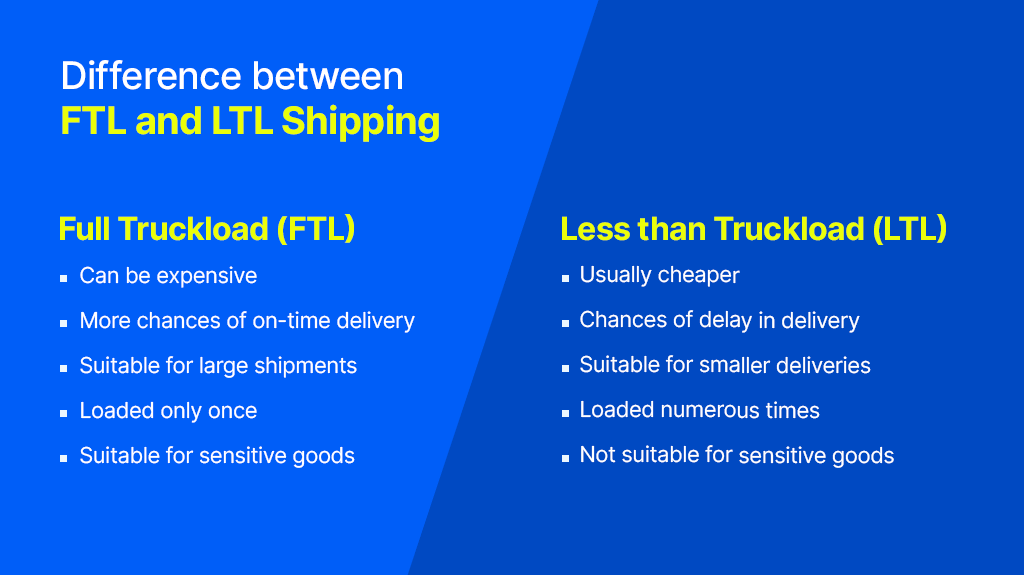
Delivery Time
LTL shipments contain cargo from multiple shippers. Therefore the fleet will have to make multiple stops before reaching the last stop.
FTL shipments move much more quickly. The reason behind this is because FTL shipments only carry your product. It will directly move from the starting point to the destination.
Handling
FTL shipment is preferred for sensitive goods as they remain in the same truck right from the beginning to the end. Therefore there are fewer chances or risks of damage and rough handling.
In the case of LTL, shipment is often transferred at multiple points before it reaches the final destination. Undoubtedly, the risk of items getting damaged and even going missing is higher in this.
| Bonus Information!
What is Partial Truckload (PTL)? PTL falls between FTL and LTL. In this, the goods are picked and delivered by the same truck, and other shipments are added on the way. A shipment must contain 5 to 14 pallets weighing between 5,000 and 40,000 pounds to qualify as a partial load. In comparison to FTL it is more expensive but cheaper than FTL. |
Advantages of LTL Shipping
Cost Effective
For companies with smaller loads or shipments that don’t need a full truck, LTL shipping is an affordable choice. Companies can split the cost of transportation by consolidating multiple shipments from various shippers onto a single truck, thereby lowering the total cost.
The cost to ship LTL freight can range from $50 to $5,000+ depending on numerous factors, including the type of freight you’re shipping, the dimensions, the distance the freight will travel, and the type of LTL services you require.
Flexibility
LTL carriers can accommodate a wide range of shipment shapes and sizes with flexibility. This is especially beneficial for companies whose shipping volumes are erratic or variable.
Generally speaking, LTL is for shipments that weigh more than 150 lbs. but less than 15,000 lbs., are no more than 10 pallets and no longer than 12 linear feet.
Reduced Carbon Footprint
Because LTL shipping maximises truck space utilisation, fewer cars are driven, and emissions per shipment are reduced, making it an environmentally friendly method of shipping.
Access to a Vast Network
Because LTL carriers usually have large transportation networks, businesses can more easily reach various destinations—even ones that may be more difficult to reach with FTL.
Disadvantages of LTL Shipping
Longer Transit Times
Due to the multiple stops and handling of various shipments on a single truck, LTL shipments may have longer transit times than FTL shipments.
Increased Risk of Damage
There is an increased chance of cargo loss or damage during loading, unloading, and transportation when several shipments are in one truck.
Less Control
Carrier chooses the route and delivery times based on the combined shipments, giving businesses less control over the handling and scheduling of LTL shipments.
Advantages of FTL Shipping
Faster Transit Time
Due to the absence of intermediate stops and the handling of other cargo during transit, FTL shipments are usually faster. Businesses that need to make deliveries on time will benefit from this.
The delivery time for FTL shipments is 1-2 days if the distance between pickup and delivery point is 900km or less, and 2-3 business days for longer distances.
Reduced Risk of Damage
Since the shipment is only loaded and unloaded once at its prescribed location, the chances of cargo damage become slim to none. Businesses with time-sensitive goods go for this shipment method by opting for fully refrigerated carriers integrated with full-suite cold chain monitoring solutions.
Predictable Scheduling
FTL shipments give businesses greater flexibility in terms of scheduling orders and routing, which enables accurate delivery coordination.
Ideal for Larger Shipments
When shipping large quantities of goods that fill the truck to capacity, full truckload (FTL) is the best option because it maximises available space.
Disadvantages of FTL Shipping
Higher Cost
FTL shipping can be expensive, especially for businesses with smaller shipments that only partially utilise the truck’s capacity.
Quote for FTL is issued when one shipper has enough cargo to fill the whole truck. FTL rates are undoubtedly the easiest mode calculation, utilizing a flat door-to-door rate or a cost per mile traveled.
Limited Flexibility
FTL shipments require a commitment to using up the entire truckload, making it less flexible for companies with fluctuating shipping volumes.
Environmental Impact
FTL shipments use larger trucks which might not be making efficient use of available space. And companies may end up scheduling multiple trucks for different consignment kinds. This can increase emissions and have a great negative impact on the environment.
When to Use FTL and LTL?
“Should I use FTL freight shipping or LTL freight?” – this is the most common question among transporters and shippers.
Selecting from LTL and FTL transport depends on the demands of various situations. However, a few considerations can help you decide on this.
| Choose LTL if | Choose FTL if |
| You ship less than 12 pallets at once. | You ship more than 12 pallets at once. |
| Special care or handling is not that important. | You are shipping fragile or time-sensitive cargo. |
| You can be flexible about shipping and delivery time. | You work on tight timelines and delivery dates. |
| You want to save a bit of money. | Budget is not a constraint. |
How TrackoMile Optimises LTL and FTL Freight Shipping
Through various strategies and technologies, TrackoMile can optimise less-than-truckload (LTL) and full-truckload (FTL) shipments. Here are some ways the platform can optimize these types of shipments:
Carrier Management: Irrespective of the order size and volume TrackoMile can consolidate and match multiple smaller shipments into a single truckload. This reduces the number of vehicles needed for transportation and maximises the capacity utilisation of each truck, leading to cost savings and environmental benefits. It does so after considering multiple factors such as:
- Weight and size of the pallets
- Time constraints
- Nature of the goods
- Distance
Route Optimization: Software utilises route optimisation algorithms to find the most efficient routes for shipments based on factors such as distance, traffic patterns, and delivery schedules. By optimising routes, businesses can minimise transportation costs and reduce delivery times effectively and ensure timely delivery of goods.
Real-Time Tracking and Visibility: TrackoMile can provide real-time tracking and visibility into shipments, allowing shippers and carriers to monitor the status and location of their freight throughout the transportation process. This helps improve customer service, reduce delays, and proactively address any issues that may arise during transit.
Data Analytics and Predictive Modeling: TrackoMile leverages data analytics and predictive modelling techniques to forecast demand, identify potential bottlenecks, and optimise resource allocation for both LTL and FTL shipments. By analysing historical data and trends, TrackoMile can make informed decisions to improve the efficiency and reliability of the transportation network.
Conclusion
The choice between LTL and FTL shipping methods is influenced by several factors, such as the size of the shipment, the cost, and the required delivery time. Both shipping methods have advantages and disadvantages. It is imperative that entrepreneurs evaluate their shipping needs and choose a delivery option that works for them.
Selecting an LTL or FTL shipping option is not as important as working with a trustworthy carrier who has a history of on-time and undamaged item delivery. By choosing a reputable carrier, you can make sure that your belongings are transported safely and securely, which will eventually help to improve your financial situation.
Frequently Asked Questions
-
Who uses LTL shipping?
Small to medium-sized businesses, eCommerce retailers, manufacturers, and distributors often use Less-Than-Truckload (LTL) shipping. They benefit from cost-effective transportation of smaller shipments, sharing truck space with other companies' goods. LTL is suitable for shipments that don't require a full truckload and offers flexibility in logistics operations.
-
Is LTL faster than FTL?
No, typically, Full Truckload (FTL) shipping is faster than Less-Than-Truckload (LTL) because FTL shipments go directly from origin to destination without intermediate stops for pickups or drop-offs. LTL shipments may take longer due to multiple stops to consolidate and deliver various smaller shipments along the route.
-
Is LTL cheaper than FTL?
Generally, Less-Than-Truckload (LTL) shipping is cheaper than Full Truckload (FTL) for smaller shipments as businesses only pay for the space they use. FTL becomes more cost-effective for larger shipments that fill the entire truck. Factors like distance, urgency, and additional services also influence the comparative cost between LTL and FTL.
-
Who uses FTL shipping?
Large corporations, manufacturers, wholesalers, and businesses with substantial shipments frequently utilise Full Truckload (FTL) shipping. They benefit from dedicated truck capacity, faster transit times, reduced handling, and better control over their shipments. FTL is ideal for transporting large volumes of goods efficiently and cost-effectively.
-
How much weight is considered LTL?
Less-than-truckload (LTL) shipments typically range from 150 pounds to 10,000 pounds. However, weight limits can vary between carriers and regions. Shipments below 150 pounds may be considered parcel or small package shipments, while those above 10,000 pounds may require Full Truckload (FTL) shipping.
Tithi Agarwal is an established content marketing specialist with years of experience in Telematics and the SaaS domain. With a strong background in literature and industrial expertise in technical wr... Read More
Related Blogs
-
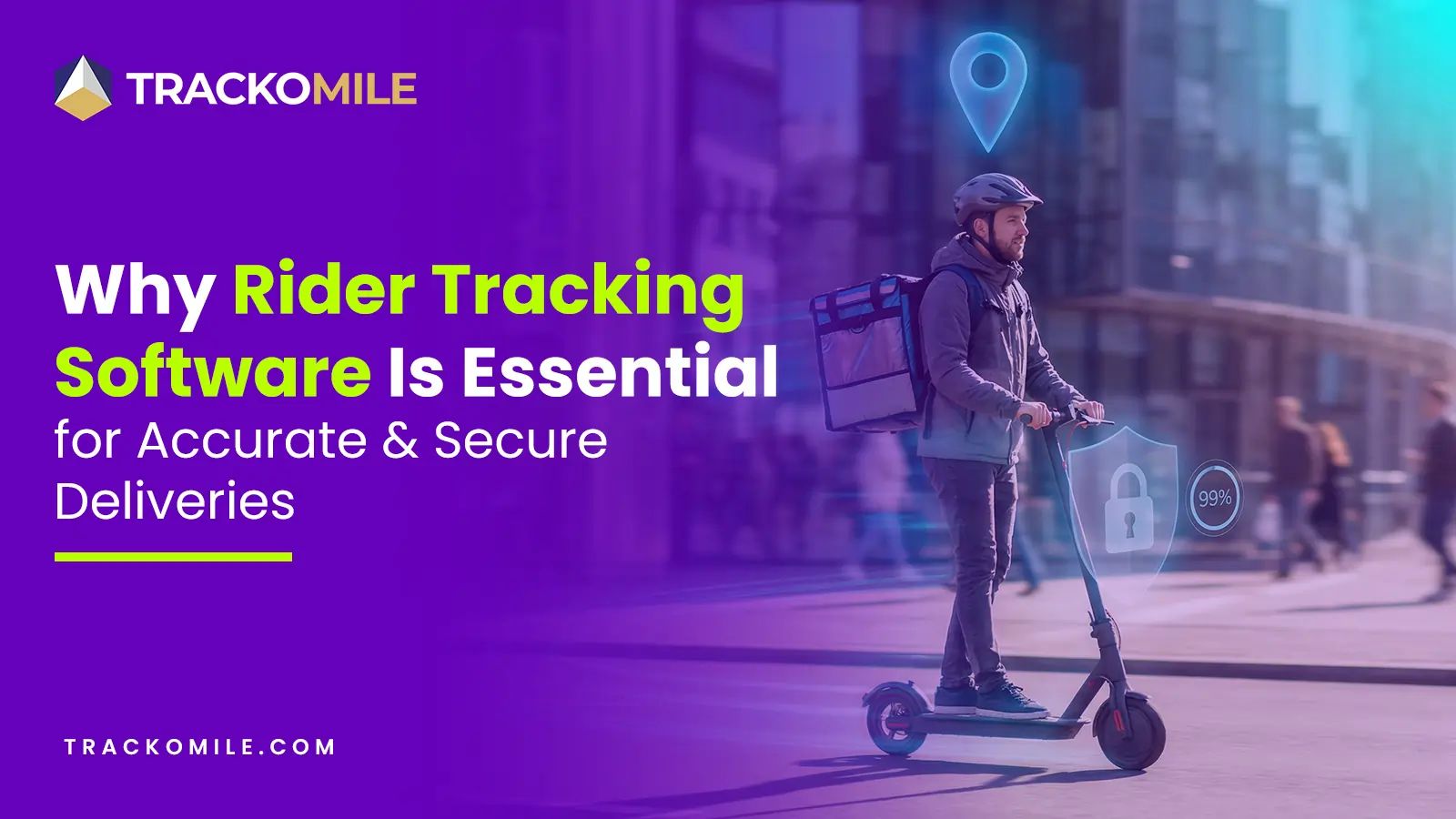
How Rider Tracking Software Improves Delivery Accuracy and Reduces Fraud
Tithi Agarwal December 8, 2025Rider tracking software improves delivery accuracy with real-time GPS visibility and automated ePOD. It also enables route optimisation and fraud…
-
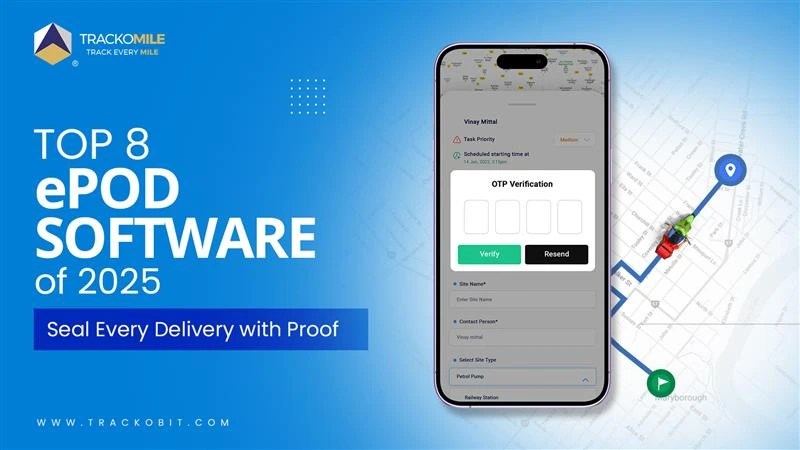
Top Electronic Proof of Delivery (ePOD) Software in 2026
Tithi Agarwal September 25, 2025Electronic proof of delivery has become the backbone of modern logistics. Explore the top 8 ePOD software in 2025 and…
-
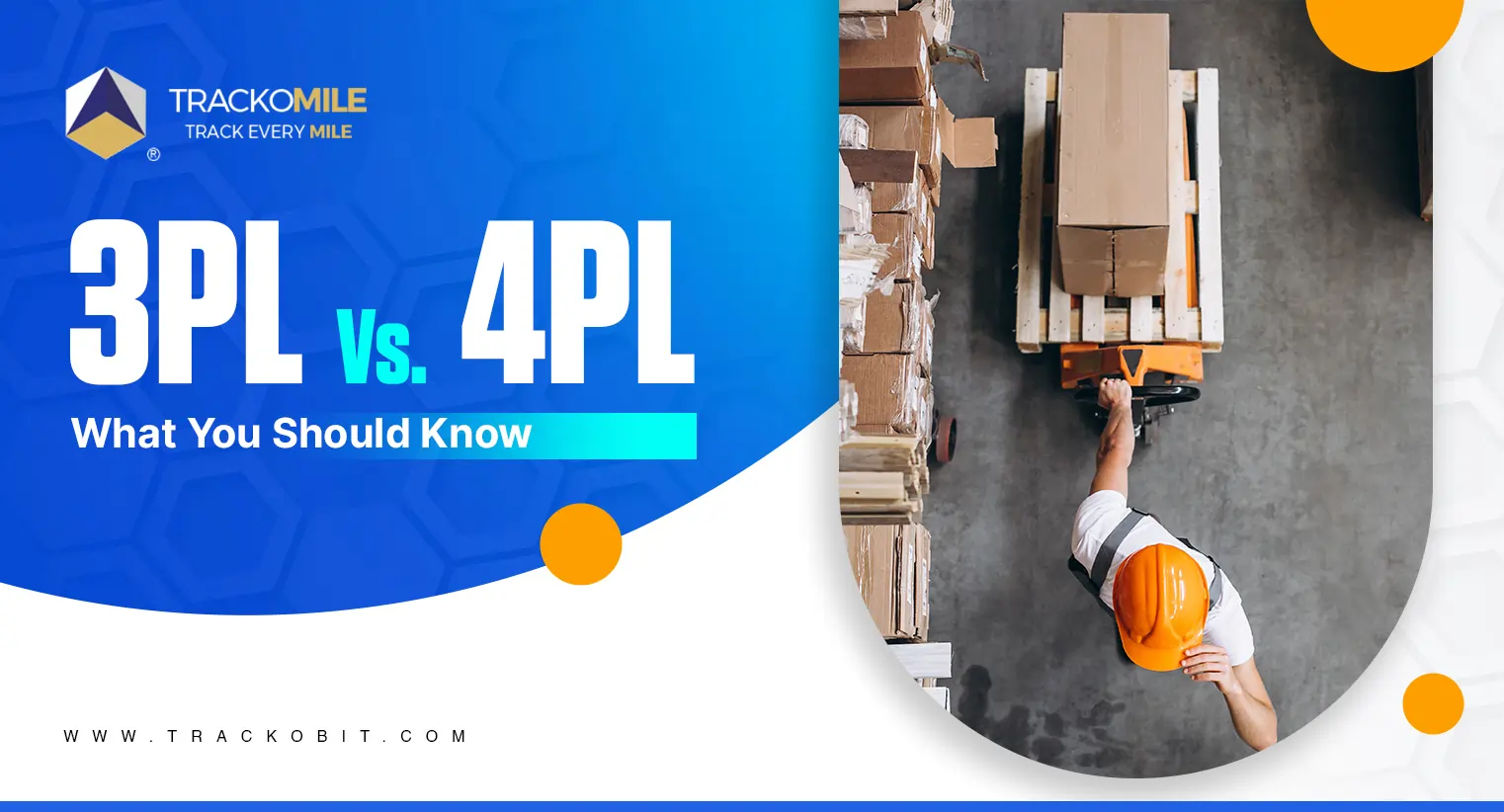
3PL vs. 4PL: Which is Best for Your Business?
Tithi Agarwal September 25, 2024Confused about choosing between 3PL and 4PL for your retail supply chain? Read this blog to find out which is…
-
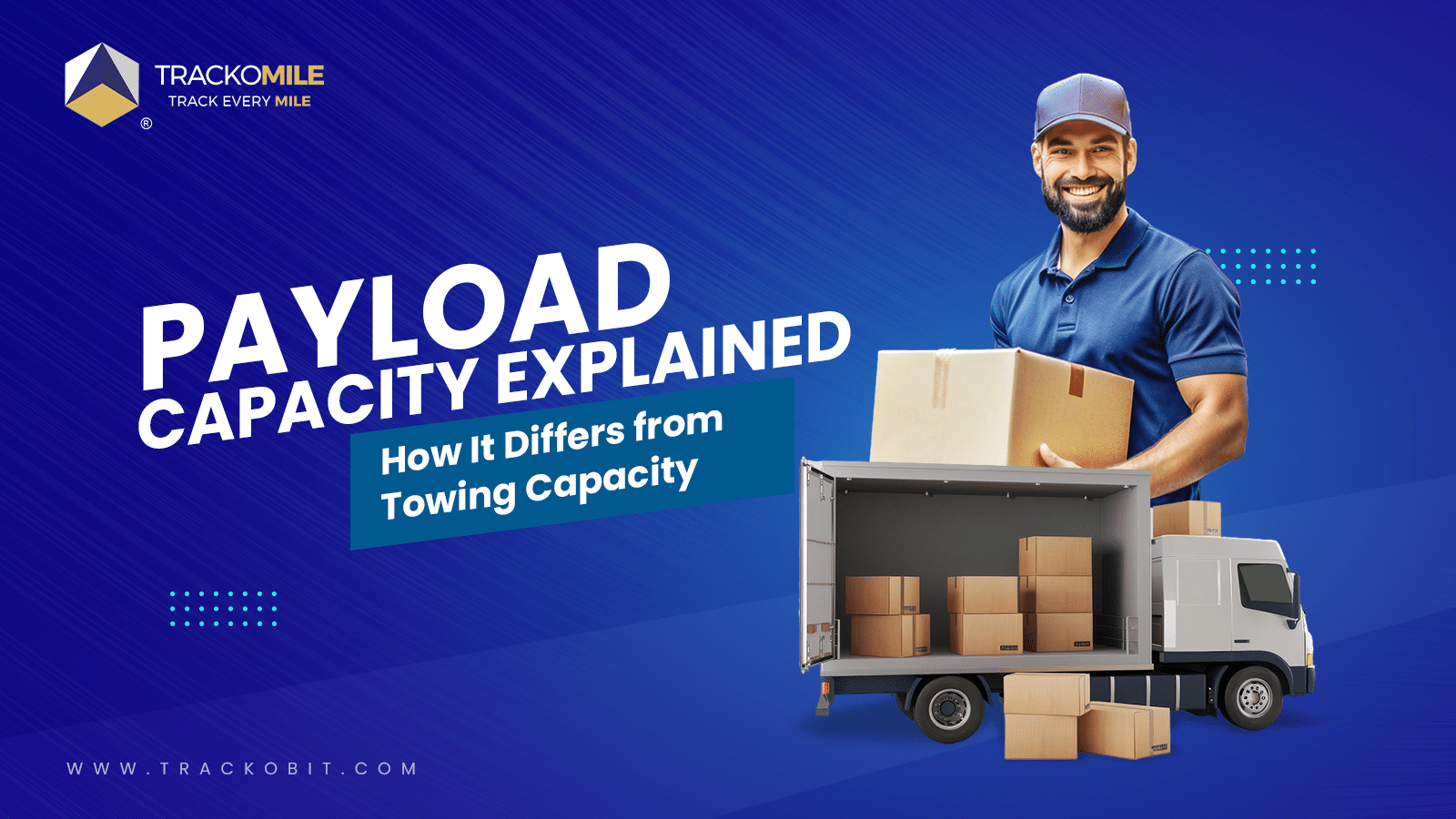
What is Payload Capacity? Payload Capacity Vs. Towing Capacity
Tithi Agarwal September 10, 2024Payload capacity is the total weight a vehicle can safely carry, and it is crucial for safety and compliance. Exceeding…

Subscribe for weekly tips to supercharge your last-mile delivery.
Your inbox awaits a welcome email. Stay tuned for the latest blog updates & expert insights.
"While you're here, dive into some more reads or grab quick bites from our social platforms!"Stay Updated on tech, telematics and mobility. Don't miss out on the latest in the industry.
We use cookies to enhance and personalize your browsing experience. By continuing to use our website, you agree to our Privacy Policy.

































